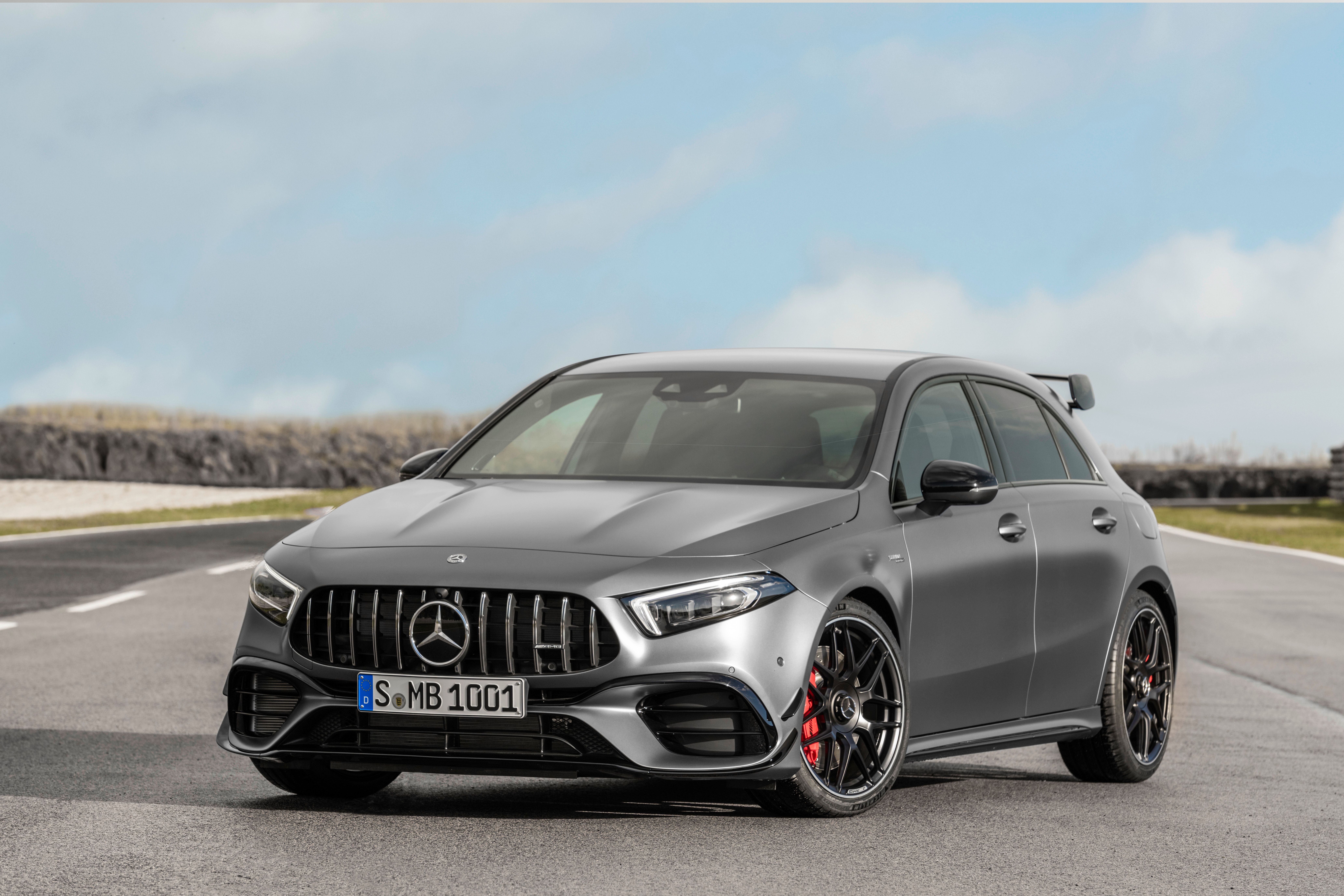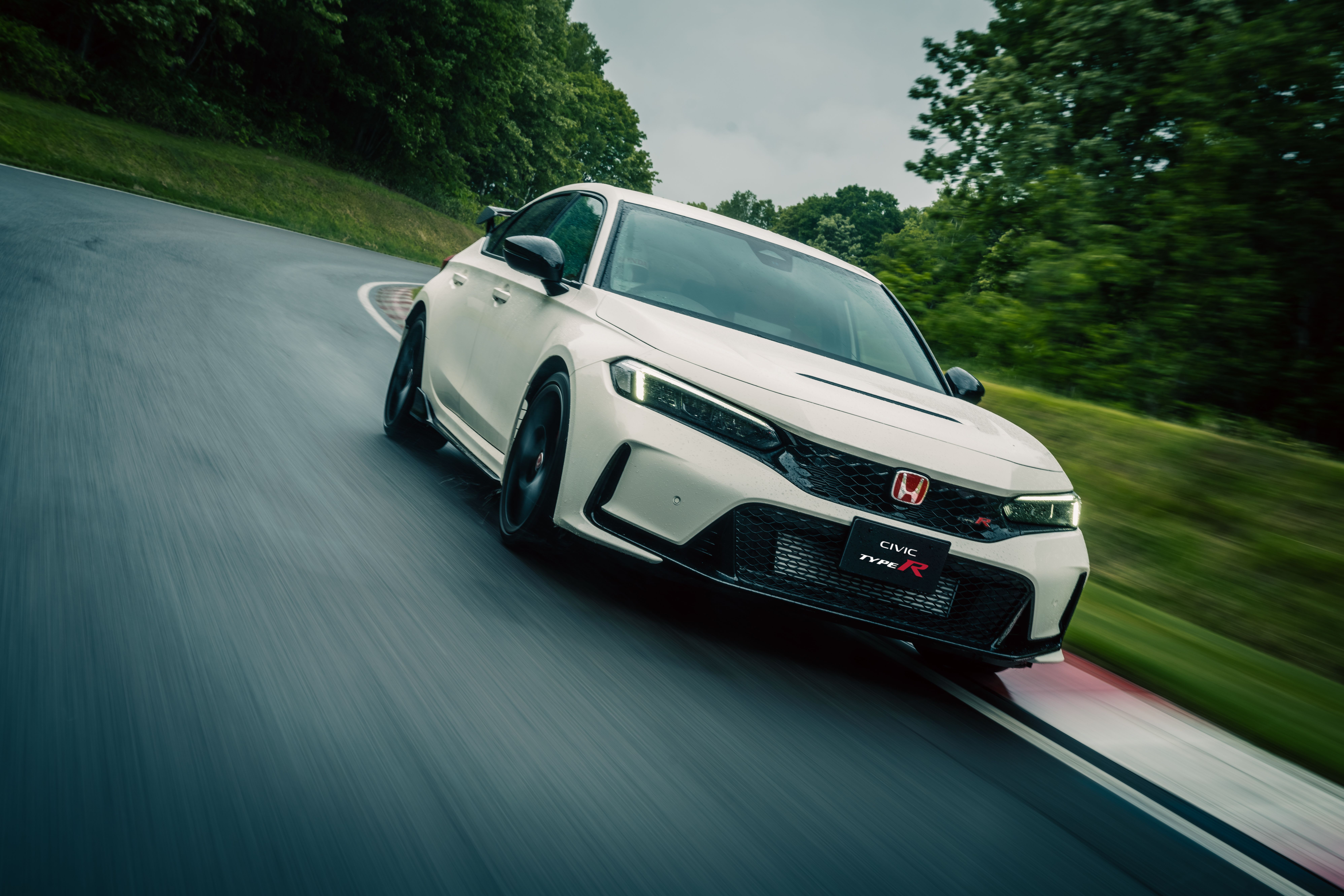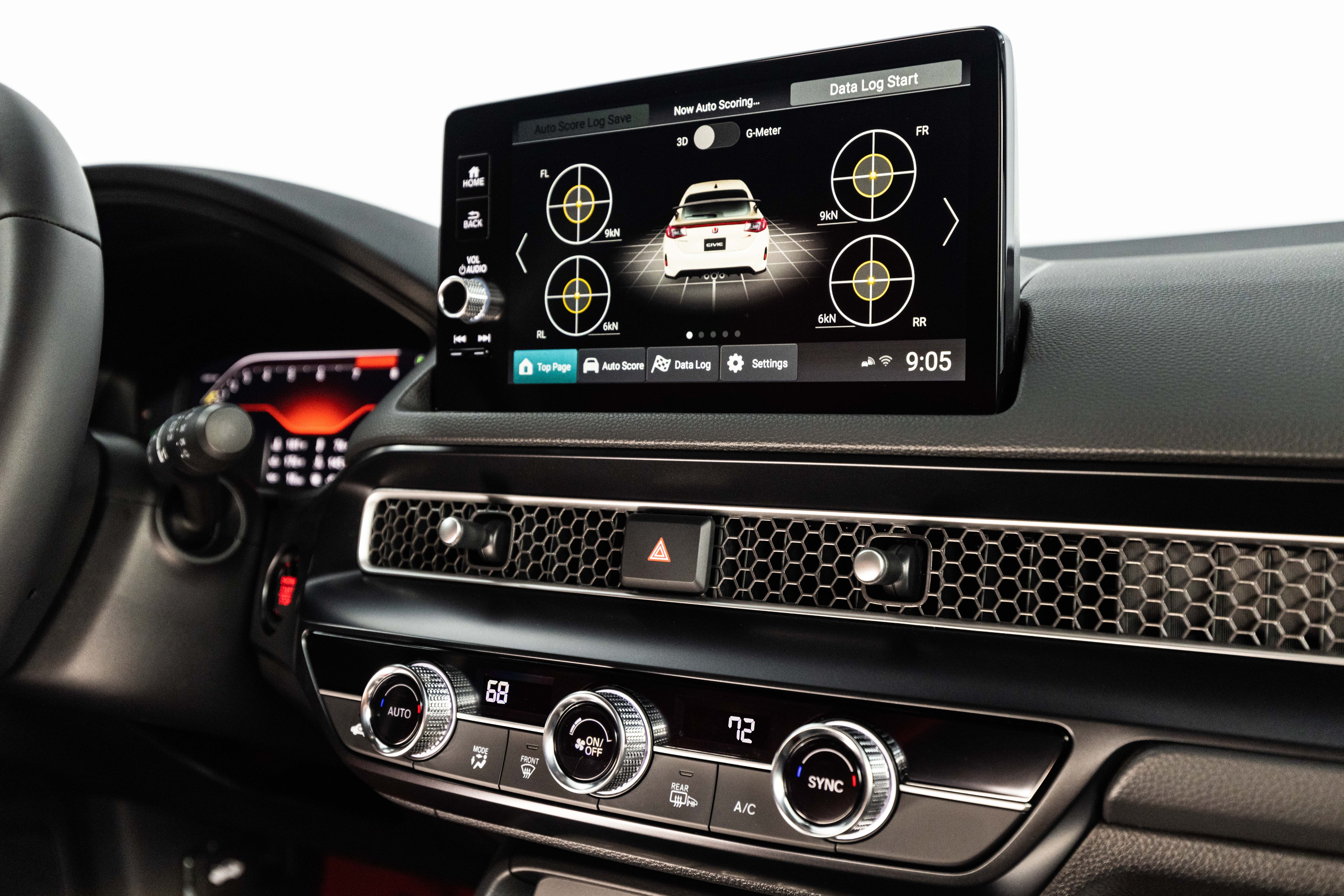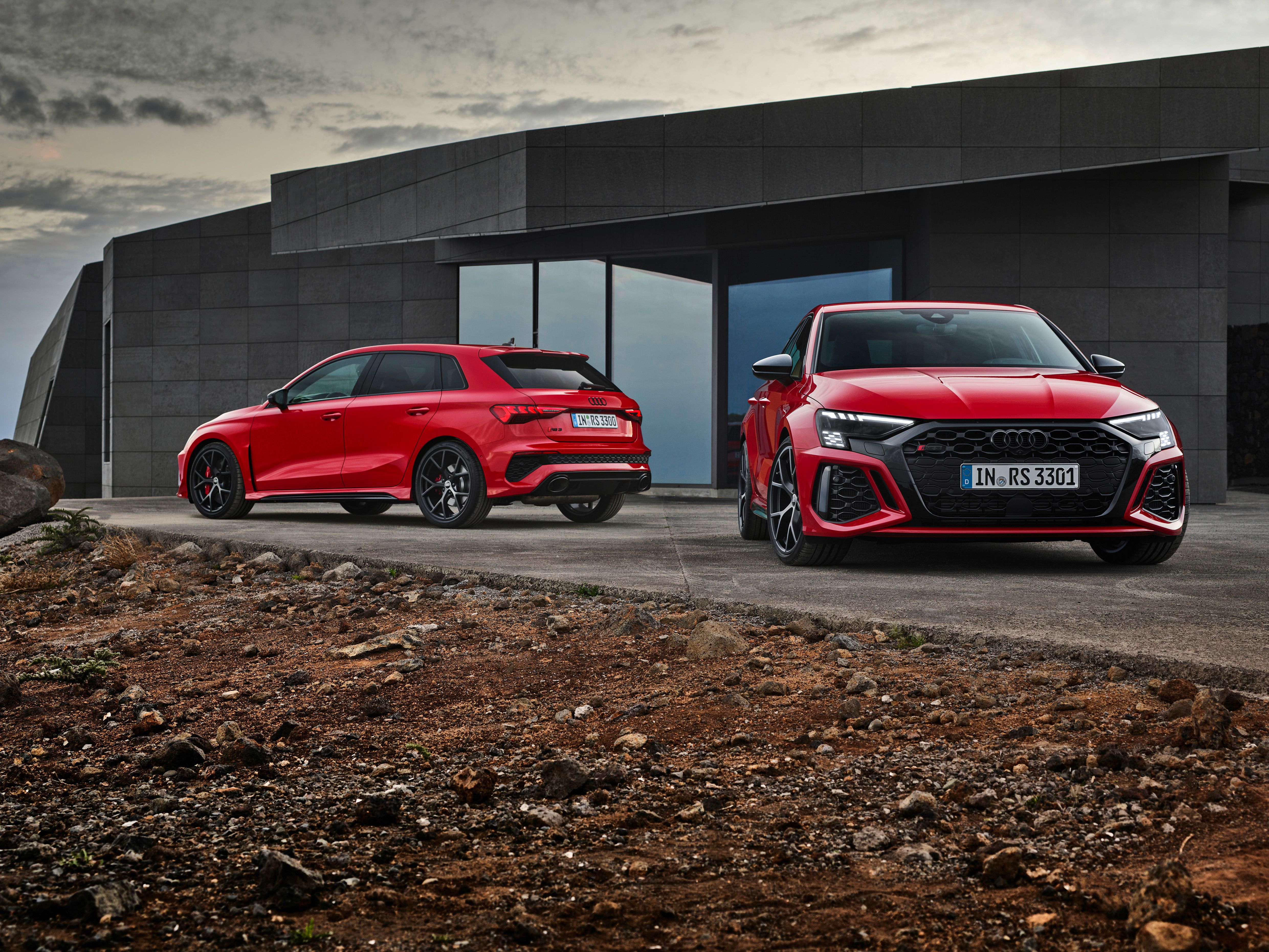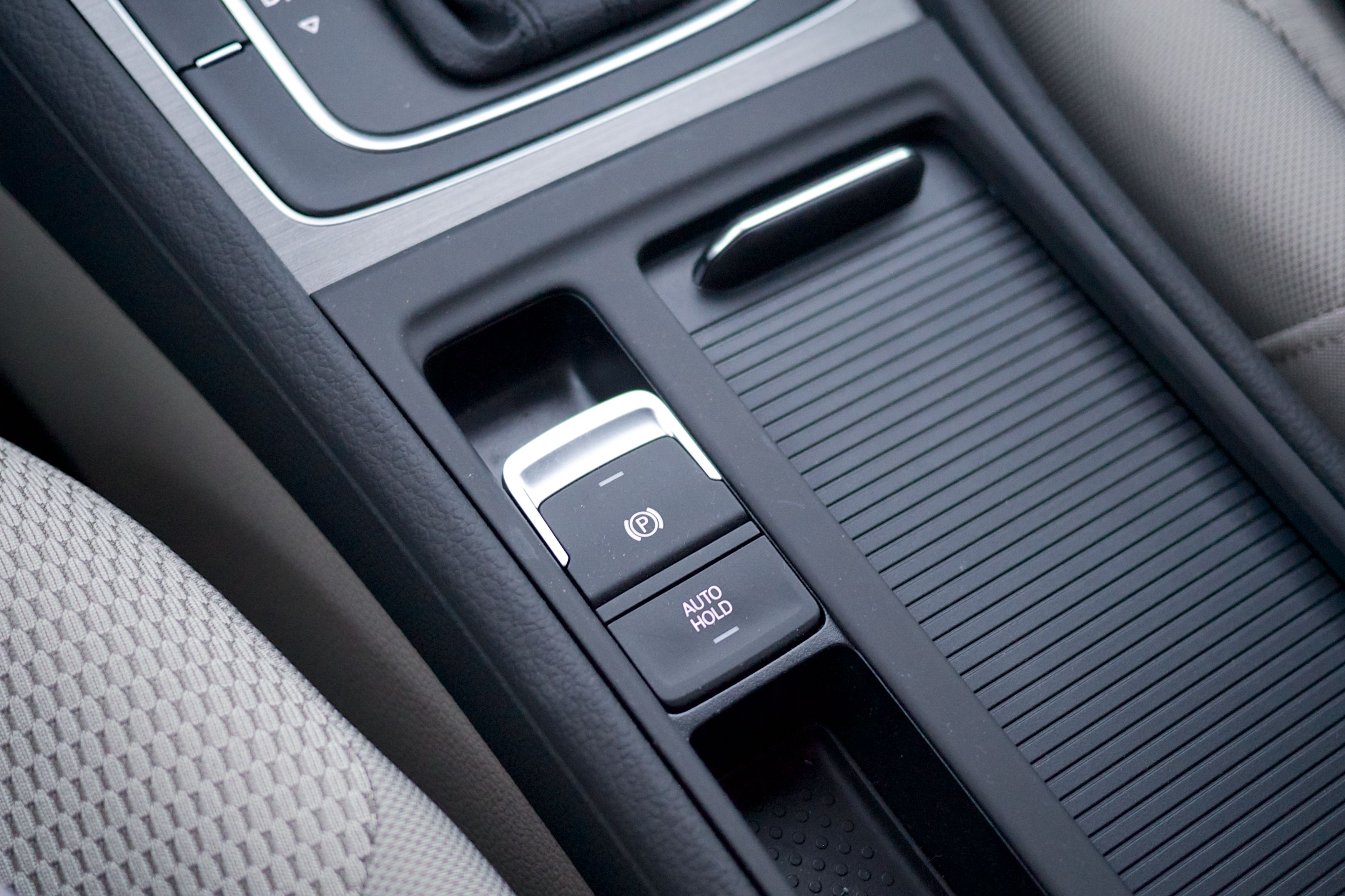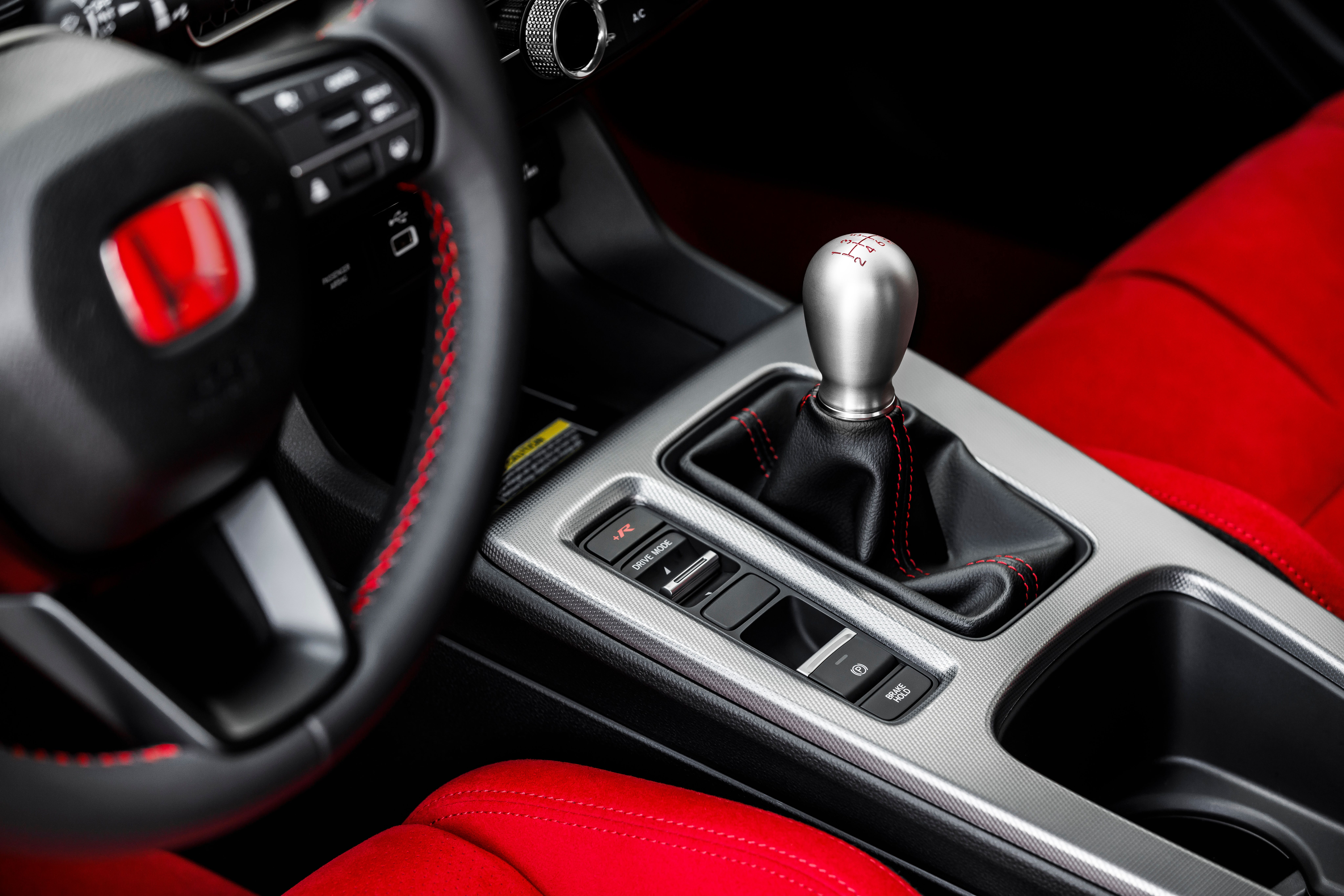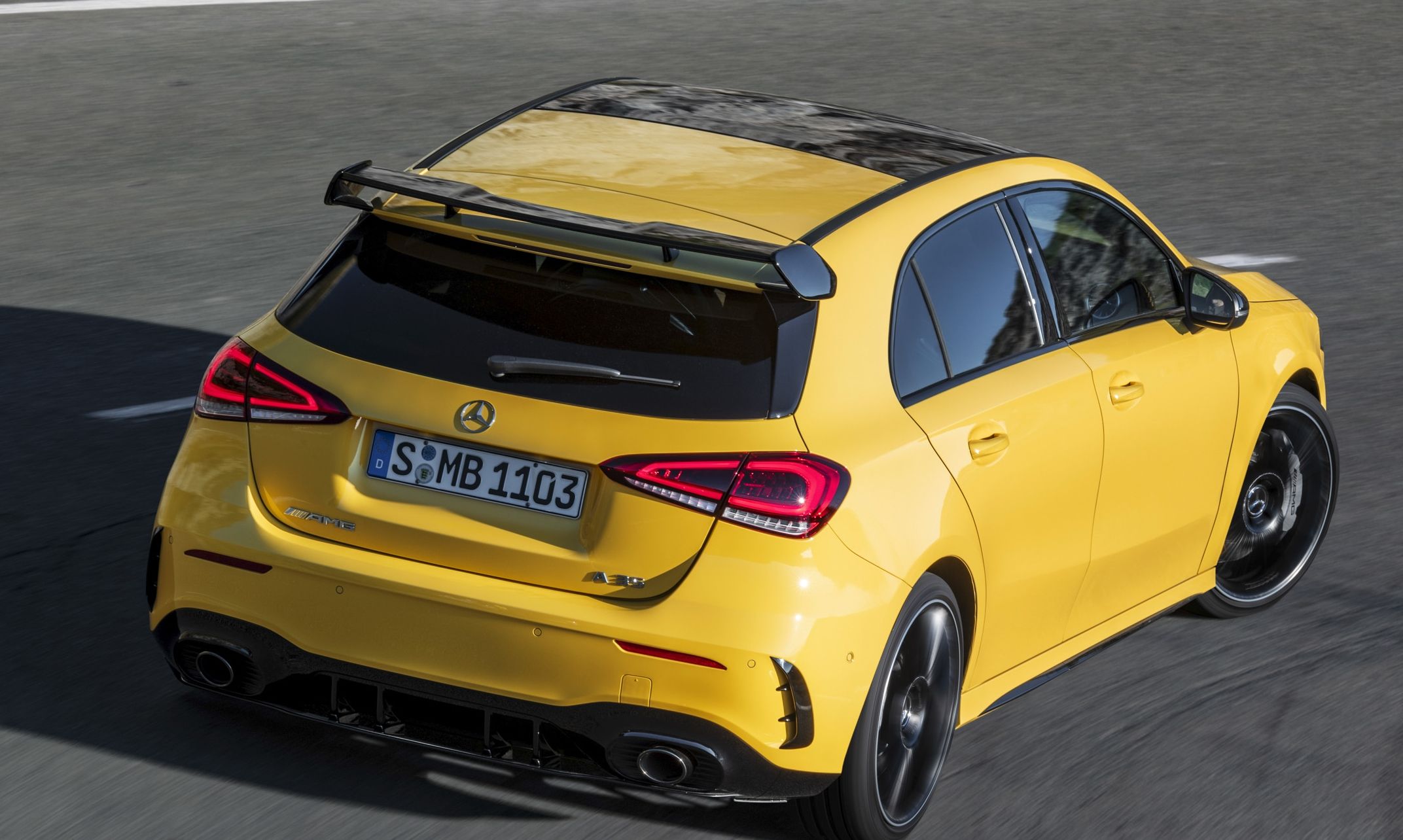The hot hatchback has been around since 1973, with its founder being the French-made, Simca 100Ti. With its 1.3-liter engine that puts out a trouser-wetting, 82 horsepower, and a 0 to 60 mph (97 km/h) time of under 12.0 seconds, there are plenty of normal hatchbacks that can put it to shame, However, its formula embodied what hot hatchbacks would be like for the next few decades – light, simple, and fun. But the hot hatchback has changed a lot since, and here are a couple of reasons why that isn’t good.
Lightness and Simplicity - A Thing of the Past
Almost all hot hatchbacks had one thing in common – they were lightweight. In 1973, the Simca 1100TI had a curb weight of 2,024 pounds (918 kg), despite being almost 4 inches (10 cm) longer than a 2017 Mini, the base version of which has a curb weight of 2,932 pounds (1,085 kg). A more direct comparison would be between the Volkswagen Golf GTI Mk I and the VW Golf GTI Mk VIII, which tip the scales at 1,852 pounds (840 kg) and 3,230 pounds (1,465 kg).
All in all, the hot hatchback has gained, on average, about 1,100 pounds (500 kg), to the point where some modern hot hatch offerings weigh more than a compact or even a mid-size sedan. A 2022 Mercedes AMG A45, for example, can weigh up to 3,693 pounds (1,675 kg).
Just as important as their lightweight nature, however, was their simplicity. This is also where much of the lightness came from. This was, usually, due to the fact that the hot hatchbacks were much more closely related to their respective regular versions. In most cases, it was the normal car with a sportier suspension, a more powerful engine, and a funky body kit. Throw in sportier seats, a smaller steering wheel, and a sportier gear shifter, and voila, you got yourself a hot hatch!
In many cases, especially with older models, you could also work on your car yourself. Of course, manufacturers nowadays are doing everything in their power to rob you of the right to repair or work on the car yourself, and in some models, even a simple task of replacing the battery may require a qualified technician or special equipment.
All-wheel drive has become the Norm
While all-wheel-drive started gaining popularity around 1966, with the introduction of the Jensen FF, hot hatchbacks only recently made the switch. The simplicity of older hot hatchbacks and the fact they were much closer to their economy counterparts meant front-wheel drive was the standard. Fast-forward to nowadays and we see the majority of hot hatchbacks boasting all-wheel drive.
While the performance advantages are apparent, especially in times, sending power to all four wheels also robs some of the fun. For one, it makes hot hatchbacks heavier and less “chuckable”. Part of having a fun, lightweight, sporty hatchback is to have a livelier backend, which you can "chuck about" with a touch of lift-off oversteer and manage it yourself. You don't want a hot hatchback to be too planted. Nowadays, there are only a few hot hatchbacks that give you that, among which are the 2023 Honda Civic Type-R and Hyundai Veloster N.
The electronic E-brake
Among the most pointless and party-killing features of modern vehicles is the electronic E-brake. Back in the day, hot hatchbacks were meant to be honed around in (within reason, of course) and part of the magic came with having an old-school, mechanical handbrake. You could pull at will and execute glorious handbrake turns to impress the ladies…or just for your own, personal fun.
We have all done it on empty parking lots (and on the streets when no one is watching). While there are still a few offerings in the hot hatch segment that gives you that, the majority of modern-day cars have, for some incomprehensible reason, moved away from one of the most fun features in a hot hatchback, and the same can be said for the manual transmission.
While there’s nothing wrong with modern tech, assuming it always works properly, it sometimes robs you of fun, for the sake of performance. German carmakers, in particular, are known for that. Without a doubt, cars like the 2022 Audi RS3 and Mercedes AMG A45 are extremely capable to the point where they are more of a super hatchback than a hot hatchback, but are they really the most fun you can have in a car?
Granted, modern automatics are incredibly sophisticated, but part of the fun comes with having the ability to shift the gears yourself. Sadly, the manual transmission is gradually becoming extinct, partially thanks to made-up safety regulations, specific to cars equipped with a manual transmission. While not a hot hatchback, the Toyota GR86/Subaru BRZ twins are a great example of how pointless regulations can fail a great car.
Too much power - yes there is such a thing
More power is always a welcome thing, but there comes a point where you can only use so much of it. Hot hatchbacks are best enjoyed on B-roads or mountain passes, just like any sporty vehicle. Back in the day, hot hatchbacks were momentum cars, it was all about the flow and keeping the engine in the sweet spot in the RPM band. With that said, an EP3 Honda Civic Type-R with a normally-aspirated K20 engine and 197 horsepower would be more than enough. The same goes for any other hot hatchback that backs anywhere between 170 to 250 horsepower.
Nowadays, hot hatchbacks have not only become bloated and heavy, but have also become extremely easy to drive. Because of this, performance has become so accessible and manageable that driving a 400-plus horsepower AMG A45 fast is as easy as parking in an empty airfield. Try that in a 400-horsepower Lancia Delta and you’d be mowing the grass on the side of the road faster than you can say “oh, shit”. While having a car that’s not trying to kill you is a big plus, a faster car isn’t necessarily a better car to drive, especially when it has all the tech sorting it out for you.

